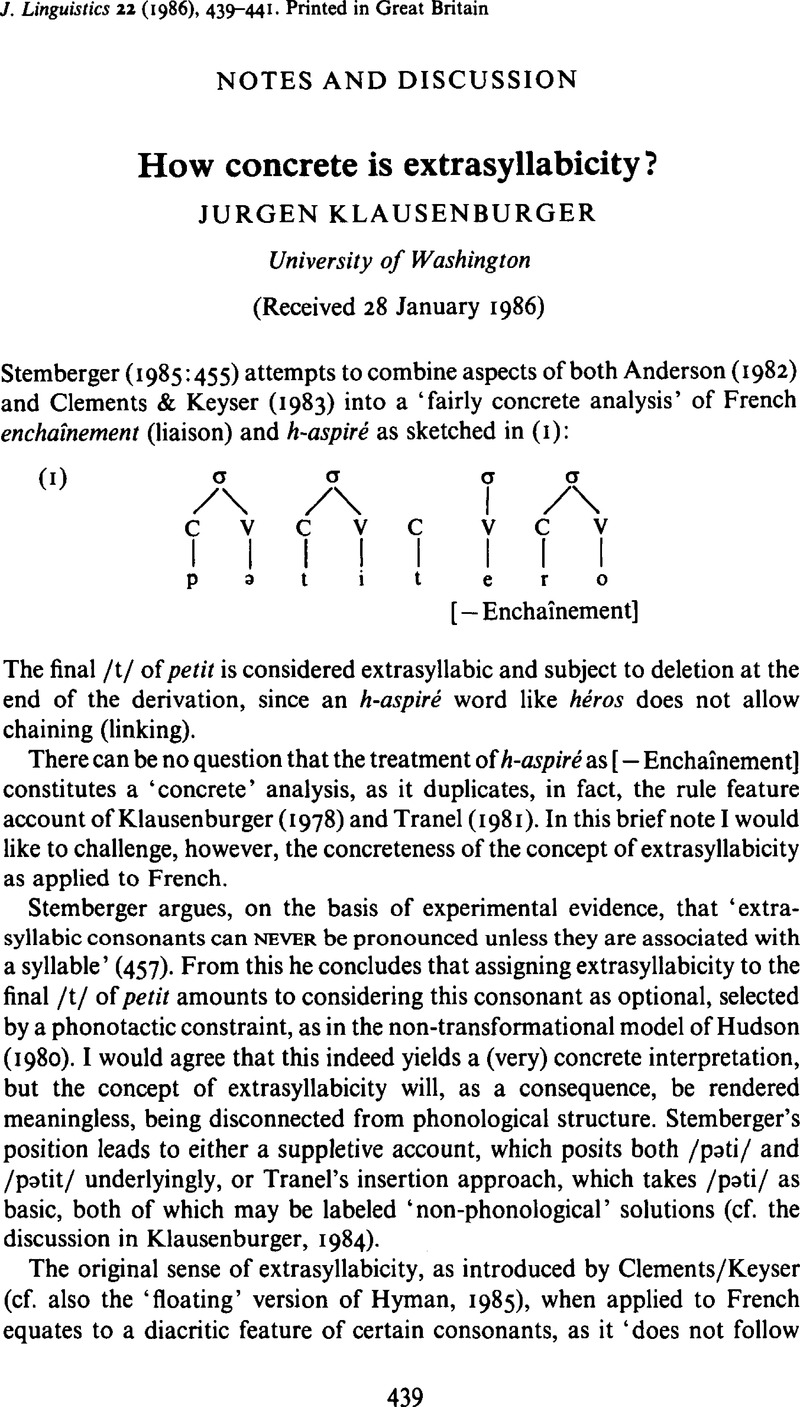Crossref Citations
This article has been cited by the following publications. This list is generated based on data provided by Crossref.
Bennett, William
1991.
Liaison in French.
<i>WORD</i>,
Vol. 42,
Issue. 1,
p.
57.



